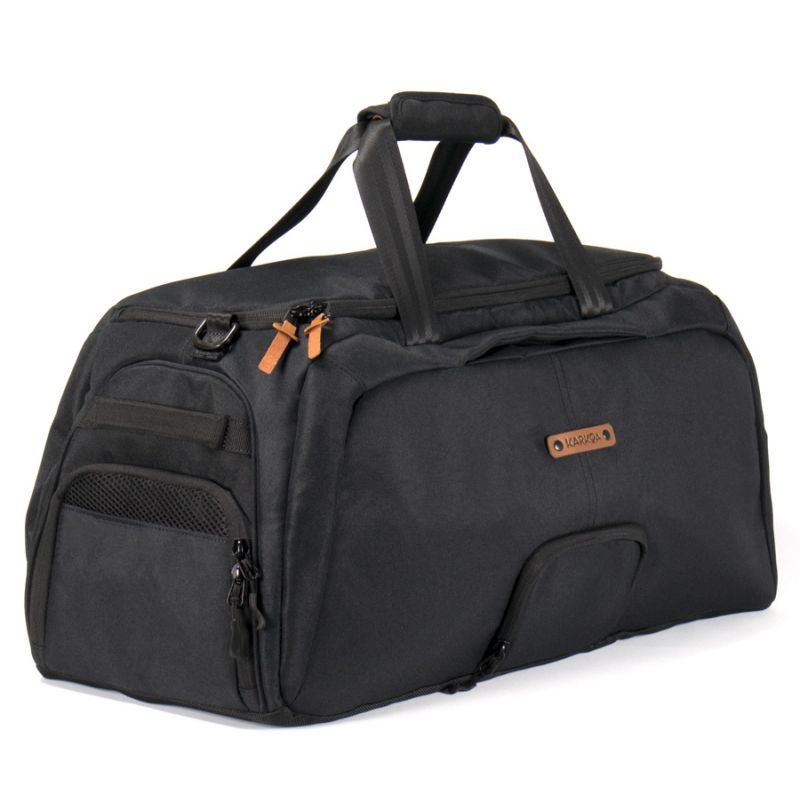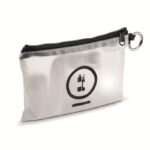The trail winds through a variety of woodland species, moorland and rocky outcrops, taking in some unique natural landscapes.
An exceptional site just a few kilometres from Paris
Car parks on the 25 moguls circuit in Fontainebleau
There are four main entrances to this natural site. There are two car parks in Noisy sur Ecole, near the cemetery and the Croix Saint Jérôme. Two others are at Le Vaudoué, la Vallée de la Mée and le Rochet Cailleau. The starting points for the tour are no more than a few hundred metres from these car parks.
Signposting the 25 Fontainebleau moguls
The 25-mogul circuit is then marked out with a line of red paint that is easy to spot on the rocks and trees that line it. The route is not for beginners or Sunday sports enthusiasts, as it is rather difficult. With a fairly steep gradient, wooded and sandy paths, steep ascents and descents, narrow passages between rocks and sandstone boulders to climb, you’ll discover some exceptional panoramas. You’ll be able to get up high and discover the Forêt de Fontainebleau and the Forêt des Trois Pignons, as well as huge, impressive stretches of white sand.
Duration of the 25 Moguls Trail
You’ll need an average of six hours to cover the entire 25-mogul circuit (or between two and three hours running for the best-prepared athletes). Some sections are difficult and can become tricky in bad weather. The rocks can become slippery and natural erosion may have weakened certain passages. That’s why it’s particularly important to stay on the signposted path and not stray far from it, to avoid any additional and unnecessary risks.
For those who love hills
Along this route, created in the early 1970s, you’ll encounter 25 bumps, with a cumulative positive difference in altitude of around 830 metres, for a distance of between 14 and 16 kilometres. Needless to say, you’ll need to be in good physical condition before embarking on this journey.
Equipment for the 25 moguls course
The right outfit
To complete the 25 moguls circuit, you need to be well equipped. You’ll need suitable hiking gear, including good shoes that won’t slip on the rocks. This will enable you to negotiate the trickiest sections. Part of the route is also on white sand. While this is easier and less dangerous than the rocks, it’s no less tiring.
A map or GPS
You’ll also need an IGN map of the area to help you find your way, even if the route is signposted. It’s not impossible to miss a mark and have to find your way back to the path. A compass can help. It won’t take up much space in your equipment, but it can be very useful. GPS equipment will be an undeniable plus if you want to locate yourself more precisely and have access to information such as your pace, distance covered or distance remaining.
Refreshments
Naturally, make sure you have enough water to keep you hydrated (around 2.5 litres if it’s hot, a little less if the conditions are better). There are no drinking water points on the route where you can refuel. However, you should avoid carrying a rucksack that is too bulky, as you may encounter difficulties in certain narrow passages or when climbing walls or rocks. The Smartbag 25 or Smartbag 40 compartmentalised rucksack will be your ideal companion for this route.
The Trois Pignons massif
The Trois Pignons massif, home to the 25 Moguls circuit, owes its name to an imposing rock in the shape of three pine cones.
All along the 25 moguls circuit that circles the Trois Pignons massif, you can discover some remarkable sites. Fans of climbing and rock-climbing, for example, can stop off at the Roche aux Sabots. With 250 lines and heights ranging from two to five metres, the site is easy to get to and family-friendly, with a 4a 8a grading. As the site is easy to access, it is naturally very popular. If you prefer a site a little less busy, you can go as far as Potala Rock. Here, too, you’ll find 250 lines for routes ranging from three to five metres, graded 4b 6b.
If you just want to enjoy the scenery, you can have fun admiring the unusual shapes of rocks such as the Rocher de la Tortue (Turtle Rock) and the Rocher de la Cathédrale (Cathedral Rock). The Sables du Cul de Chien are also full of surprises, with the Elephant, the Bilboquet and the Diplodocus.
Training for the Trail des 25 Bosses de Fontainebleau after work
If you’re training for the 25 Bosses trail in Fontainebleau, think about the Karkoa compartmentalised bags.












